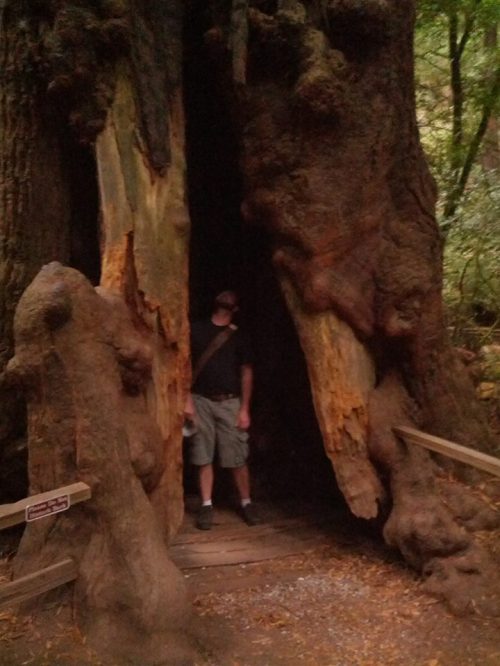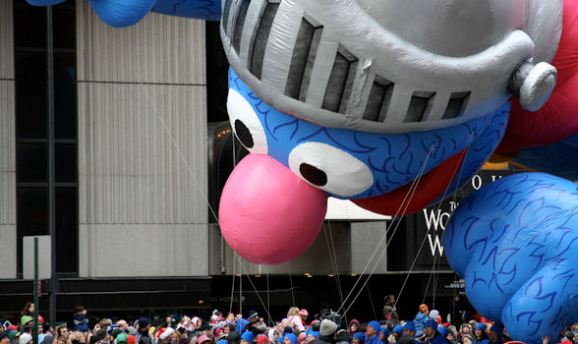I’m not the first to write about his family members’ involvement in insurrection and organized crime in Corleone. Don Giovanni Colletto, a priest and Corleone native (who is my fifth cousin, three times removed), wrote the definitive history of the city in 1934. Two of his close relatives, Don Gesualdo Birrittella and his wife Angela Colletto, both related to him through common descent, were brutally murdered in separate incidents during Sicily’s revolutionary summer of 1837.

While I’ve had to research the kinship ties and stories of my subjects, it’s not hard to imagine young Giovanni listening to the stories of epidemic and mob violence at the feet of its survivors.
I first heard the name “Corleone” when I was a child. My grandmother told me about the place where my grandfather’s parents were born, and their visit in the 1950s. Although “The Godfather” was already a box office hit — it came out while my parents were courting — I was still too young to have seen it. It would be years before I became curious about my family’s origins.
It took even longer to explain why I became so interested in the Mafia. They didn’t have any direct bearing on my life or the people I knew. I wasn’t a “Mafia fan” before getting into genealogy. I’d never met anyone who was involved in organized crime — not that I knew of. But when I studied the family stories and replayed childhood memories in my mind, I noticed clues, ways the Mafia had left its impression on my loved ones.
I want a better world, and I believe that we don’t get there without understanding how we got here. If you want directions to somewhere else, first you have to know where you are. I’m an American. A big part of my identity comes from having lived here all my life, going to school here, pop culture, imperialism, English as my only fluency. But I’m also an American of Italian heritage, which comes with its own inflections. The story of how we became Americans, even the version I believed in as a child, is part of how I was made. The values of my traditional, New York, Italian-American family were a part of who I was before I was in any position to choose. Some of what lay beneath the surface, like our real history and what values my ancestors were steeped in, I’ve had to learn from books and talking to people outside my family. Other parts, I absorbed as universal truths. For the first twelve years of my life, I thought the whole world looked like my suburban block on Long Island.
Before I knew better, the Mafia was a joke, a stereotype about Italian Americans based on some embarrassing history. Now I know that the Mafia so closely reflects my family because they spring from the same roots. What’s more, the Mafia has been winning a propaganda campaign that makes Tony Soprano and Don Vito Corleone seem not just more real, but like superior representations of Italian American life and culture. Generations ago, my own family sat down to Sunday dinners with their mafioso cousins. And in the years that have intervened, not just my family but many of my more distant cousins have forgotten these connections. Like me, they’ve had to use research tools to find the rest of the stories their family kept secret until no one was left who remembered.
IN OUR BLOOD: The Mafia Families of Corleone introduces the reader to a new way of understanding how the criminal fraternity operates: how it originated, what it does, who its recruitment pool is made up of, and who is destined to excel in a community of killers and thieves. Using the latest research from an array of social sciences, from psychology to migration studies, I explain the patterns among dozens of criminals and their families from Corleone, and show the bonds of kinship that unite Giuseppe Morello, Jack Dragna, Toto Riina, Bernardo Provenzano, Barney Bellomo, and many more who devoted their lives to predation upon their neighbors.
IN OUR BLOOD: The Mafia Families of Corleone is available now on Amazon in e-book and print formats. Order yours today.




